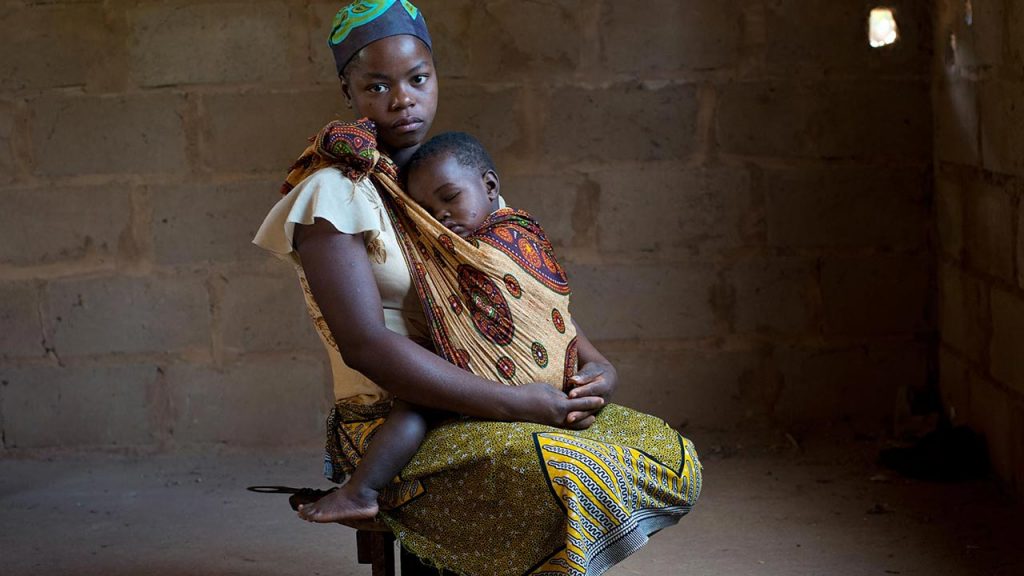Child Marriage
Children’s or child marriage refers to any official marriage or informal union between a child under the age of 18 and an adult or other child.
While the prevalence of children’s marriage has decreased worldwide – from one in four girls bride a decade ago about one in five today – the practice remains widespread. Before the Covide-19 pandemic, more than 100 million girls had to marry before their eighteenth anniversary in the next decade. Now up to 10 million additional girls may become married children as a result of the pandemic.
The objectives of the United Nations sustainable development could require global action to put an end to this human rights violation by 2030.
Childhood marriage is often the result of rooted gender inequality, which makes girls disproportionately by practice. Globally, the prevalence of child marriage in boys is only a sixth among girls.
Children’s marriage deprives the girls of their childhood and threatens their lives and their health. Girls who get married before 18 years old are more likely to undergo domestic violence and less likely to stay in school. They have less good economic and health results than their single peers, which are ultimately transmitted to their own children, which strives more of the capacity of a country to provide quality health and education services.
Brides often get pregnant in adolescence, when the risk of complications during pregnancy and childbirth increases – for themselves and their infants. The practice can also isolate girls from family and friends and exclude them from participating in their communities, making a heavy price on their physical and psychological well-being.
Because children’s marriage has an impact on the health, future and family of a girl, this also imposes substantial economic costs at the national level, with major implications for development and prosperity.


